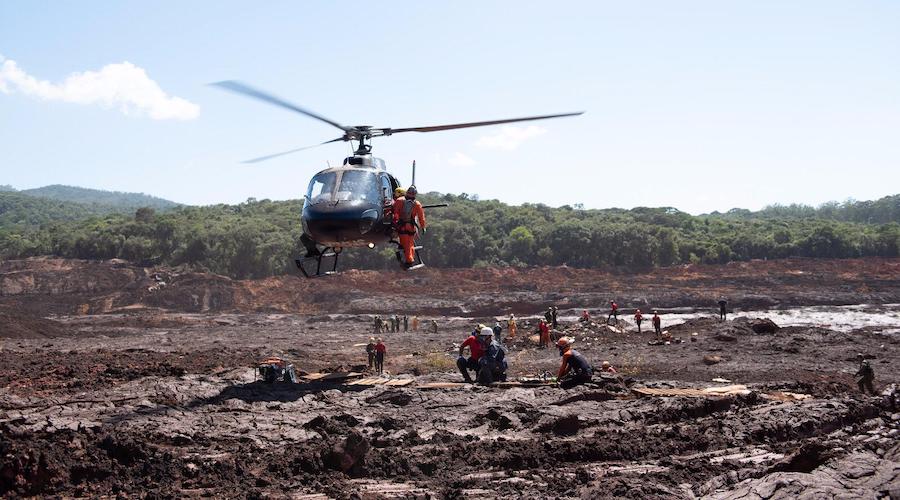Nearly one-third of tailings dams close to protected areas – study


Nearly a third of the world's mine tailings are stored within or near protected conservation areas, posing risks to some of the earth's most precious species and landscapes.
A recent study by researchers at the University of Queensland found that of the 1,721 disclosed tailings facilities, 9% were within declared protected areas and 20% were within 5 kilometres.
“Our findings suggest that mine waste threatens biodiversity within protected areas all over the world, including eight active tailings storage dams in Australian protected areas, recognized by the International Union for the Conservation of Nature,” Bora Aska, lead author of the paper published in Nature Sustainability, said in a media statement. “Given the size of tailings facilities, we're concerned about the future risks of failures in areas important to biodiversity and conservation of species.”
To assess the risks, Aska and co-authors analyzed a database of global tailings facilities and compared it with spatial data on protected areas.
Information was drawn from the disclosures of publicly listed companies as part of the Mining and Tailings Safety Initiative, set up after the dam at Vale’s Córrego do Feijão iron ore mine breached and killed 270 people near the town of Brumadinho in eastern Brazil. The disaster also destroyed 133 hectares of Atlantic forest and 70 hectares of protected areas downstream.
For Laura Sonter, senior author of the study, managing mine waste will become an increasingly complicated sustainability challenge.
“Total tailings production is predicted to increase significantly in the next 30 years due to the growing demand for energy transition metals and declining ore grades,” Sonter said. “Considering the current global distribution of tailings storage facilities and their failure rate, the consequences for biodiversity could be devastating.”
In the researchers’ view, the good news is that the data needed to manage these risks are emerging, and opportunities exist to factor this knowledge into the design of new facilities and manage those already in place.
“We must work expediently toward completely mitigating negative impacts of mining waste on people and the environment,” Sonter said.
THIS ARTICLE WAS ORIGINALLY POSTED ON MINING.COM
Comments